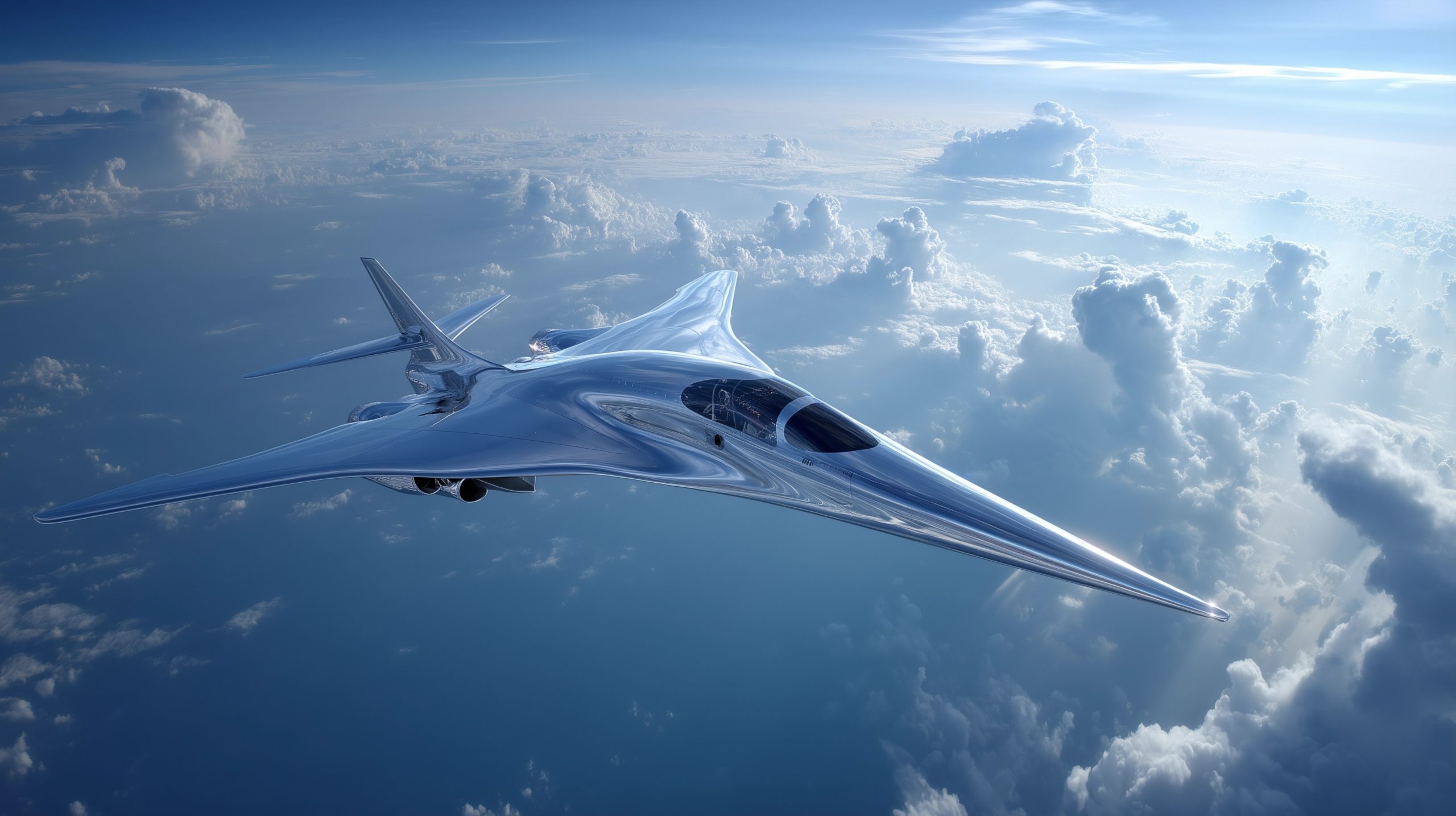By Futurist Thomas Frey
In the late 20th century, a bold dream took hold of aerospace engineers—a single engine that could take off like a jet, soar through the atmosphere, and then ignite itself into orbit like a rocket. That dream had a name: SABRE, short for Synergetic Air-Breathing Rocket Engine. For a time, it seemed destined to change everything we thought we knew about flight. SABRE promised to merge two entirely different propulsion systems into one seamless process, creating a new class of vehicle that could turn the impossible into the inevitable.
At its core, SABRE was designed to function as a hybrid between a jet engine and a rocket. In the lower atmosphere, it would breathe oxygen from the air, mixing it with hydrogen fuel to generate thrust—just like a jet. Once it reached altitudes around 25 kilometers, where the air becomes too thin to sustain combustion, the system would automatically switch to rocket mode, drawing from onboard oxygen reserves to continue accelerating into space. The brilliance of this approach lay in its efficiency. Since oxygen makes up roughly two-thirds of the mass of traditional rocket propellant, eliminating the need to carry it for the entire trip could dramatically reduce cost, weight, and complexity.
The real technological showpiece behind SABRE was its precooler system. As the engine screamed through the atmosphere at hypersonic speeds, the incoming air could reach temperatures above 1,000°C—hot enough to melt most metals. The precooler could drop that temperature to -150°C in less than one-hundredth of a second, without freezing the moisture in the air. This extraordinary feat of thermal control was what made the entire concept viable. It was as close as human engineering has come to magic—an elegant solution to one of the most punishing challenges in high-speed flight.
If SABRE had fulfilled its promise, it would have ushered in a new age of transportation. Imagine boarding a spaceplane that takes off horizontally, accelerates to Mach 5.5 in the upper atmosphere, and transitions smoothly into orbit—all without multi-stage rockets or vertical launches. The implications go far beyond science fiction. A London-to-Sydney flight could take four hours. A New York-to-Tokyo trip could take less than three. The same technology could deliver satellites, cargo, or even tourists into orbit at a fraction of today’s costs. For defense and aerospace applications, it would redefine what “global reach” truly means.
But the history of human progress is filled with dreams that outpaced their era, and SABRE was no exception. Reaction Engines, the small UK company behind it, began work in the 1980s. Decades of research, testing, and incremental breakthroughs kept the vision alive—but each step required enormous investment. By the time SABRE’s precooler technology was validated in the 2010s, the commercial space landscape had changed dramatically. SpaceX had made reusable rockets not only viable but routine, cutting costs and accelerating timelines in ways no one had anticipated. The business case for an unproven air-breathing hybrid suddenly seemed far less compelling.
Even so, it’s hard to call SABRE a failure. Its influence quietly ripples through the aerospace sector. Every major innovation builds on the ashes of projects that dared too much, too soon. SABRE’s advances in materials science, cryogenic cooling, and hybrid propulsion continue to inform the next generation of engineers. The knowledge accumulated through its trials has already seeded new experiments in hypersonic flight, reusable spaceplanes, and energy-efficient thermal systems.
There’s also a strong chance we haven’t seen the last of SABRE. The technology still exists, the patents are valuable, and the concept remains irresistible. The UK government could one day resurrect it as a national showcase of innovation. Defense agencies in the U.S. or Europe might quietly adapt its designs for high-speed reconnaissance or global strike programs. Nations like China or the UAE could license or replicate the core ideas to leapfrog into the next frontier of aerospace supremacy. Or perhaps, as has happened so many times before, a private visionary—someone with SpaceX-style ambition and patience—could revive it under a new name and finally make it work.
If SABRE does rise again, it will be because the need it sought to meet never went away. Humanity still longs for faster travel, cheaper access to orbit, and technologies that blur the line between air and space. The quest to move beyond the limits of traditional propulsion didn’t die with the project—it merely changed form. SABRE remains an icon of what happens when imagination dares to collide with physics, and for that reason alone, it continues to inspire.
Final Thoughts
The dream of SABRE represents something timeless—the refusal to accept that Earth’s sky is our final boundary. It wasn’t just about building a faster engine; it was about reshaping our relationship with gravity, distance, and possibility. While its first attempt may have faltered, history suggests that such ideas never stay buried. Somewhere in a lab, or a startup garage, or a classified hangar, the next version of SABRE may already be taking shape. When it finally succeeds, the world’s understanding of flight will shift once again—from the impossible to the inevitable.
[Original column link if available]
Related stories:
The Rise of Pilotless Air Travel: Smart Airports and the Dawn of Drone Airlines
How AI Will Transform Your Everyday Touchpoints: The Eight Objects


